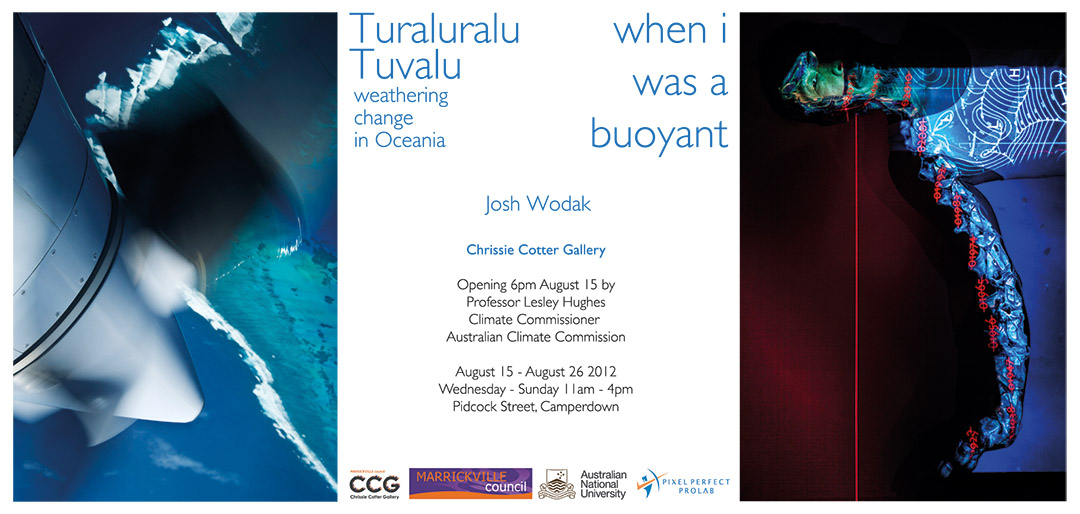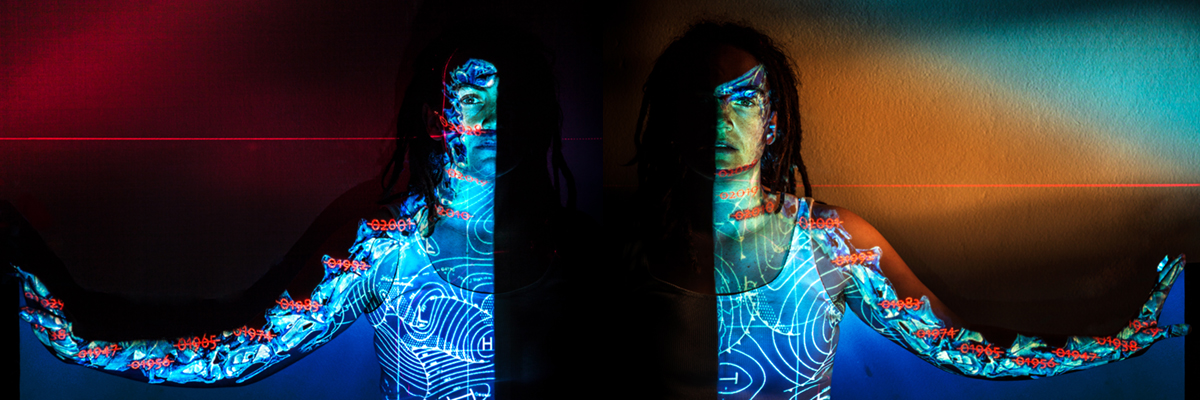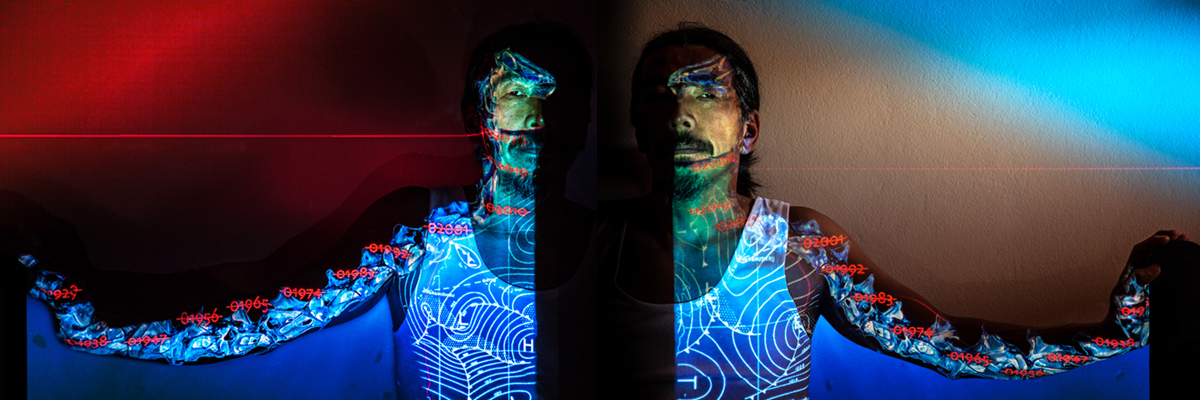
when i was a buoyant (2012)


>2 degrees of separation <2028: Moira and <2 degrees of separation <2028: Moira from the series when i was a buoyant

>2 degrees of separation <2028: Akira and <2 degrees of separation <2028: Akira from the series when i was a buoyant
When I was a boy
Everything was right
Everything was right
- John Lennon, 01966
The fable of King Canute and the sea goes that in 01028 the King took his throne to the sea shore and sat in it in while he demonstrated he could command the tide to stop rising before it reached his chair. The laws of gravity with the orbit of moon and the attraction of the sun continued as they were. The tide rose. He remained stationary. His body wet. The King retreated, either into a newfound humility toward the forces of nature or in recognition of not possessing dominion over nature.
One millennium later, in 02028, asteroid 1997 XF11 will pass us by, around 2.4 times the distance between the earth and the moon. The announcement of this 1km wide asteroid in March 01998 caused widespread alarm as the initial calculations predicated a remarkably higher likelihood of collision with the earth than any others in the near future. More accurate calculations quickly followed, which asserted there was no likelihood of impact, but not before the initial trajectory stirred a public imagination in asteroid XF11 being ‘the one’ that, on the balance of probabilities, this planet is long overdue to receive.
One month later, in April 01998, a highly influential article on climate change was published. This was the ‘hockey stick’ argument, so called because the graph showed relatively rapid temperature increases since the beginning of the 20th Century, relative to the time since King Canute. The 1000 years represented by this line form a shape like a hockey stick: relatively straight for a long period of time, followed by an exponential curve upwards over a relatively small timescale. The contours of the human arm+head share this shape: stretching your arm out flat, like in King Canute’s posture toward the sea he sought to control, you look back along a relatively straight line toward your fingertips. What the eyes cannot sea as clearly is the area of near-history: the approaching vertical rise beginning at the base of the neck and travelling up along the contours of the head. This near-history area is so close to our sensors that we appear to have a blind spot for it. Blind or not, we do know the head is significantly higher than the outstretched arm as we couldn’t otherwise see so clearly down the length of the arm.
These portraits are set in the midst of this period of near-history: the year 02028. They show different sea level heights in ‘best case’ (less than 2 degrees temperature increase) and ‘worst case’ (more than 2 degrees temperature increase) scenarios over the century leading up to 02028. Their base rate is February 02010, which is one nutation of the earth before asteroid XF11 will pass by. It is within this single nutation that climate scientists are calling The Critical Decade: the period in which the tipping point for limiting increases to less than 2 degrees will or will not be breached. The base rate is taken as the base of one’s neck as this is the universal height the sea comes up to on a buoyant body. It is us, any of us, treading water two summers ago in the sea. It is a situation of being in it up to our necks, with a narrowing margin remaining for the rate of rise to not outstrip the buoyancy of the body, like an ocean wave washing overhead while ones body remains stationary.
It boils down to the difference of 2 degrees. Increases of less or more than 2 degrees are understood to be the main tolerance threshold for the physical systems which support life to continue functioning like they have in the unseasonably benign period since our civilisation emerged from its cradle. In one scenario for the future, these life support systems are maintained: our mouth and nose sit above the level of the sea. In the other, life ceases to be life as we know it…
The project was produced through an Artist Residency at Marrickville Council in July - August 2012. The Media Release from Marrickville Council about the exhibition is avaialble here.
The exhibition at Chrissie Cotter Gallery included Turaluralu Tuvalu, a series of landscape and seascape photographs concerning the effect of sea level rise on low-lying South Pacific islands. Printed by Pixel Perfect Prolab, who also sponsored the exhibition.
Previous solo exhibition:
Chrissie Cotter Gallery, Sydney
August 15 - August 26 2012
Opening 6pm Wednesday August 15
by Professor Lesley Hughes
Climate Commissioner,
Australian Climate Commission
11am - 4pm Wednesday to Sunday
Pidcock Street, Camperdown